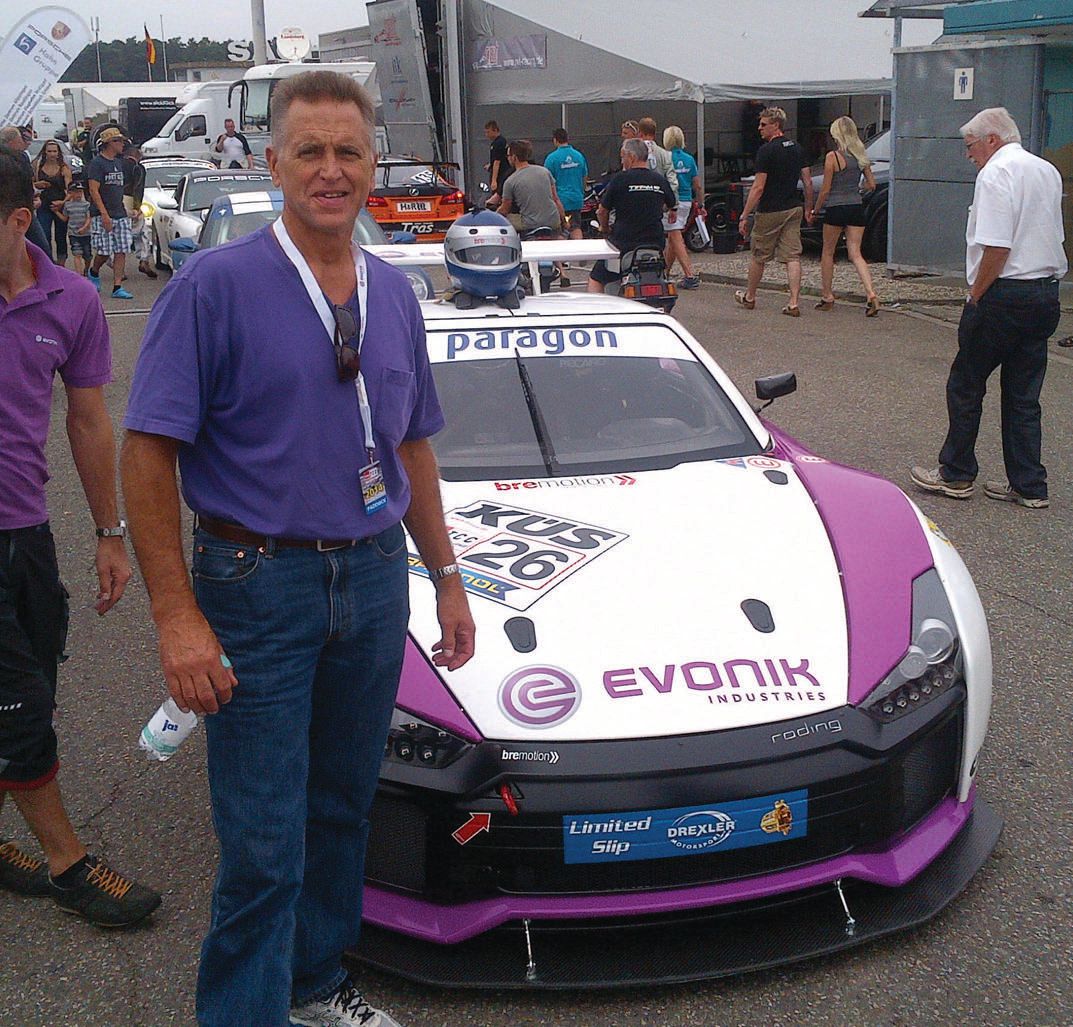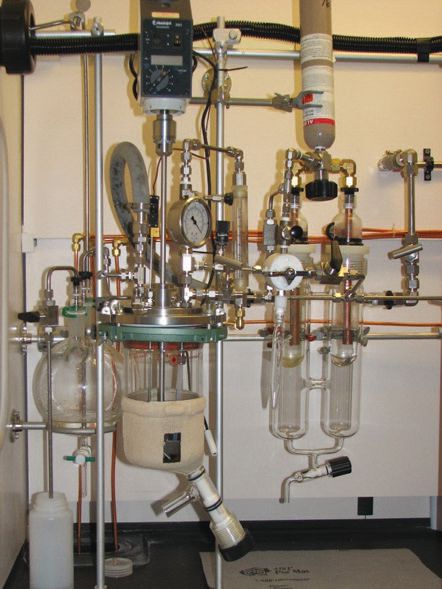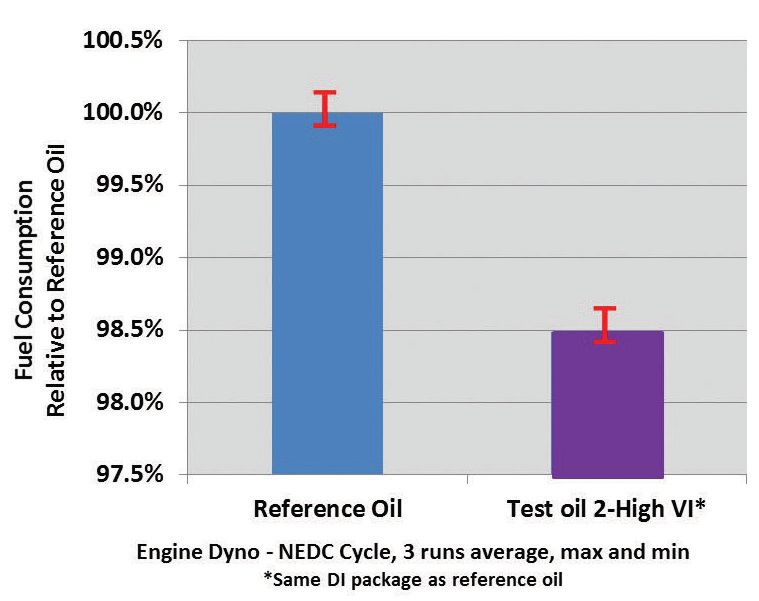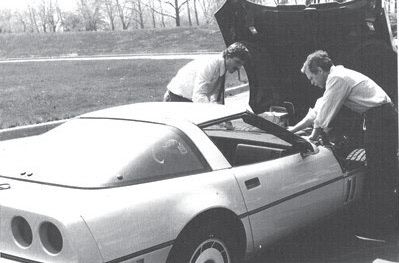20 Minutes With Dr. Don Smolenski
Karl M. Phipps, Managing Editor | TLT 20 Minutes February 2015
This Evonik manager (and self-described car nut) discusses lubrication’s changing role in conserving resources in transportation and industrial applications.
DON SMOLENSKI - The Quick File
Don Smolenski is the OEM liaison manager-North America for Evonik Oil Additives USA, Inc., in Grosse Pointe, Mich. Prior to joining Evonik, he retired after 33 years with General Motors in Detroit where he co-invented the automatic engine oil life monitor that now is standard on almost all General Motors North America (GMNA) vehicles.
Don served as chair of the GM committee (LS2) responsible for industrial lubricants and helped revamp LS2 and drove use of >90 percent LS2-approved lubricants in GMNA’s plants. He also led the GMNA used-industrial oil team (1998-2008) in returning more than four million gallons of recycled oil to GMNA plants annually for 50 percent recycled oil usage. In addition, he co-developed the ASTM Sequence IIIE engine oil test for defining high-temperature deposit and wear protection.
Don has been recognized with several industry honors, including SAE’s Oral Presentation Awards (1986-1988), Distinguished Speaker Award (1990), Environmental Excellence in Transportation Award (2001) and SAE Fellow (2008). He also received the GM Research McCuen and Boss Kettering Awards (1988) and was inducted into the Wayne State University College of Engineering Hall of Fame (2013).
He received a bachelor’s of science degree in chemistry from the University of Michigan-Dearborn and a doctorate in chemical engineering from Wayne State University.

Don Smolenski
TLT: How did you get started working in the industry?
Smolenski: I started as a co-op chemist at Ford Research doing analytical analyses. At the time, I didn’t know it, but I was doing analyses for people who would later become my colleagues working in engine oil. Later, I switched over to chemical engineering in graduate school, and when I finished my master’s degree I applied for a position as a lubricant research engineer in the fuels and lubricants department at GM R&D.
To be honest, I had no particular interest in lubrication, but GM R&D had a tremendous reputation and was a very desirable place to work. I interviewed and got the job, reporting to Dick Kabel, who was a very well-known industry expert.
Initially I performed taxicab, police and Aunt Minnie (low-temperature, short-trip) field testing and spent a lot of time examining engine parts at the end of the tests. Being somewhat of a car nut, this is where I started to get hooked on lubrication. When I became involved in developing the Sequence IIIE engine test and later the Engine Oil Life Monitor in a Corvette, the hook was set. I also spent part of my career working in plant lubricants (everything from hydraulic fluids to metalworking fluids) at GM Worldwide Facilities Group and even managed the corporate used-oil program for several years. Working for an OEM was a fairly high-profile job, so I met a lot of people and developed a broad network pretty quickly.
 A car guy at heart, Smolenski enjoys auto racing at Hockenheimring in Germany.
TLT: How did you come to work with Evonik as their liaison to passenger car and hydraulic fluid OEMs?
Smolenski:
A car guy at heart, Smolenski enjoys auto racing at Hockenheimring in Germany.
TLT: How did you come to work with Evonik as their liaison to passenger car and hydraulic fluid OEMs?
Smolenski: After I survived the second deep headcount cut in three years at GM R&D, I decided that it was time to make a change. Evonik contacted me and we discussed the OEM position in Detroit. Accepting that position meant that I could take a full retirement from GM and step into a great new opportunity. Besides, I was going to be calling on people just like me, so how tough could that be?
Just recently, I began taking on hydraulic fluids, too. I may be one of the few people in the industry with experience in both engine oils and industrial lubes at both an OEM and an additive supplier.
TLT: How was the transition working in lubrication at GM to now being involved with OEMs?
Smolenski: It’s been a very interesting change for me. I had a great run at GM and worked with the finest people, but the last few years since the bankruptcy were a little trying. There were almost no people left in lubrication at GM R&D, with most of the work taken on by GM Powertrain. So I was pleased and impressed with the technical depth in lubrication at Evonik, as there were a lot of resources. I have a better feel now for just how much of a contribution oils can make to improved energy efficiency, both directly and indirectly, as a hardware enabler.
TLT: From a technical perspective, how do you view the contributions and capabilities of lubricants now that you work with OEMs?
Smolenski: I think that I understand the OEM viewpoint pretty well having been in those shoes for 33 years. The lubricant has gone from something to which the OEMs requested improvements when there were field problems to a key design element of the engine or transmission. Yes, fluids do bring direct benefits to fuel economy, for instance, through reduced viscosity and improved friction modification. Another important benefit of late is in enabling new hardware. Variable valve actuation, for instance, can bring significant fuel economy improvement but requires the engine oil to function as a hydraulic fluid, which is problematic if the oil aerates significantly.
More recently, timing or balance shaft-chain wear in direct-injection engines (DI provides improved combustion) has resulted in a higher incidence of warranty repairs in these engines. This has occurred across several OEM engine models, indicating that the problem may be oil-related. The mechanism is not well understood but may involve the formation of gasoline engine soot, which is somewhat different than diesel engine soot. At any rate, Ford is developing an industry test for chain wear that, if successful, could provide OEMs with significant relief in this area.
Turbocharging is another avenue for significant fuel economy improvement, and the effort has encountered two issues with which engine oil may provide some help―turbocharger deposits and pre-ignition. There are engine tests under development in both of these areas currently.
TLT: What did you learn in your years of engine test development at GM that you are applying to your job now?
Smolenski: I was involved in the high-temperature Sequence IIIE test development. At that time, our primary consideration was piston deposits and oil thickening. We didn’t worry about low-temperature viscosity after thickening. Low-temperature pumping viscosity (measured by the Mini Rotary Viscometer) is a low-shear viscosity, while cranking viscosity (measured by the Cold Cranking Simulator) is a high-shear viscosity.
Pumping (but no cranking) is an inconvenience, but cranking (but no pumping) can result in a bearing failure and a major engine overhaul or replacement. The Romaszewski Oil Bench Oxidation (ROBO) test, developed by Evonik, can simulate the phenomenon of low-temperature viscosity increase after high-temperature oxidation. ROBO provides an important safeguard to ensure the low-temperature performance of oil aged in high-temperature operation.
TLT: Can you describe the ROBO test in more detail?
Smolenski: The ROBO test was designed to simulate the Sequence III aging of the oil with subsequent evaluation of the low-temperature properties of the used oil. This is a glassware test that incorporates a metal catalyst to simulate wear metals, the addition of NO2 to simulate nitration, air to simulate oxidation and vacuum to simulate volatilization of the light ends of the oil. It correlates very well with Sequence III low-temperature viscometrics but is quicker and more than an order of magnitude less expensive. This effectively allows screening of even relatively minor formulation changes for effects on low-temperature viscosity after aging.
TLT: How much of an impact will the ROBO test have when GF-6 is introduced in 2016?
Smolenski: I have discussed ROBO with several OEMs, and they are all supportive of including ROBO in GF-6. With one or possibly two new high-temperature engine oil oxidation tests coming for GF-6 and second-generation dexos,™ ROBO is an important tie back to the previous oil categories and will thus remain an important tool in ensuring the proper performance of oxidized oil at low temperatures. The intent is to carry over ROBO in its current form.
There is interest in modifying ROBO to correlate with the new Chrysler and GM oxidation tests, but there will not be enough time after these tests are completed before the new specification must be set. Evonik will work to ensure ROBO’s relevance in the future, however.
 ROBO test apparatus.
ROBO test apparatus.
TLT: What did you learn about chassis dyno fuel economy testing at GM that you are applying to your job now?
Smolenski: Running chassis dyno tests, whether the U.S. FTP, European NEDC, WLTC or Japanese JC08 fuel economy test cycles, calls for extreme precision. How the vehicle is set up on the dyno, the use of dedicated tires, controlled temperature, exacting fuel consumption measurements and so on, are all absolutely required. Typically in these cycles, you are looking for fuel economy improvement on the order of magnitude of a percent or less, and your measurement error could easily exceed that if you don’t sweat the details.
Evonik is doing some engine (as opposed to chassis dyno) testing and is seeing a three-run repeatability of 0.2 percent or less in each of the four test cycles, so we believe that this testing can be useful in finding small improvements and also for studying formulation effects on fuel economy.
 A very high VI oil brings 1.5% fuel economy improvement in the NEDC cycle.
TLT: How is Evonik applying its VII technology to the challenge of achieving greater fuel efficiency?
Smolenski:
A very high VI oil brings 1.5% fuel economy improvement in the NEDC cycle.
TLT: How is Evonik applying its VII technology to the challenge of achieving greater fuel efficiency?
Smolenski: PAMA VI improvers can bring very high viscosity indexes to oils. This means that you can meet the minimum OEM HTHS viscosity limits (usually at 150 C) to ensure durability, but provide lower viscosity over lower temperatures with high VI oils than with more conventional chemistry. This results in less hydrodynamic friction and a reduction in fuel consumption. That’s what we market under DRIVON™ technology.
 Installation of the first prototype oil life monitor in a Corvette.
TLT: What’s your view that SAE’s J300 standard may need to be revamped?
Smolenski:
Installation of the first prototype oil life monitor in a Corvette.
TLT: What’s your view that SAE’s J300 standard may need to be revamped?
Smolenski: We should begin industry discussion on whether or not SAE J300 needs to be revamped. It’s a great standard but set up before we realized that oil’s viscosity index could be significantly higher than previously thought. I know that this is blasphemous. KV100 limits in J300 have been part of the standard since its inception but now may be much less relevant than HTHS limits and may be limiting fuel economy improvement.
A lower KV100 than previously achievable, while still meeting minimum HTHS requirements, is now a reality and could provide a significant fuel economy benefit. There would be much work to do. First, we have to prove that removing the KV100 minimum will result in fuel economy improvements. Second, we will have to surface all of the potential issues associated with such a change. (For some unknown reason, I believe that this will be the easier part!)
You can reach Don Smolenski at donald.smolenski@evonik.com.